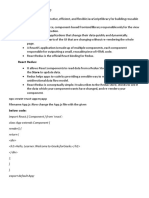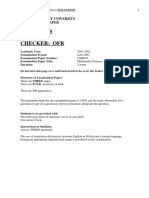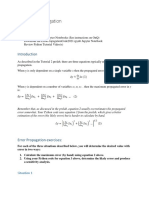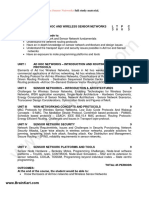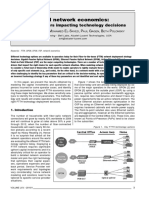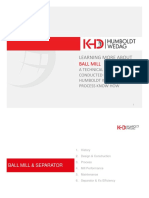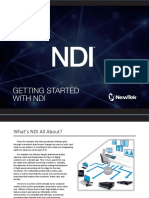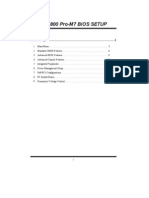0% found this document useful (0 votes)
62 views9 pagesIntroduction To React Roadmap
React.js is an open-source JavaScript library developed by Facebook for building dynamic user interfaces, particularly single-page applications, utilizing a component-based architecture and efficient rendering with the Virtual DOM. The document outlines the advantages of React, key features, a comprehensive roadmap for mastering React, project ideas, and a list of interview questions covering various topics related to React. It emphasizes the importance of community support, a rich ecosystem, and practical resources for learning and project development.
Uploaded by
ignifinityconnectCopyright
© © All Rights Reserved
We take content rights seriously. If you suspect this is your content, claim it here.
Available Formats
Download as DOCX, PDF, TXT or read online on Scribd
0% found this document useful (0 votes)
62 views9 pagesIntroduction To React Roadmap
React.js is an open-source JavaScript library developed by Facebook for building dynamic user interfaces, particularly single-page applications, utilizing a component-based architecture and efficient rendering with the Virtual DOM. The document outlines the advantages of React, key features, a comprehensive roadmap for mastering React, project ideas, and a list of interview questions covering various topics related to React. It emphasizes the importance of community support, a rich ecosystem, and practical resources for learning and project development.
Uploaded by
ignifinityconnectCopyright
© © All Rights Reserved
We take content rights seriously. If you suspect this is your content, claim it here.
Available Formats
Download as DOCX, PDF, TXT or read online on Scribd
/ 9






